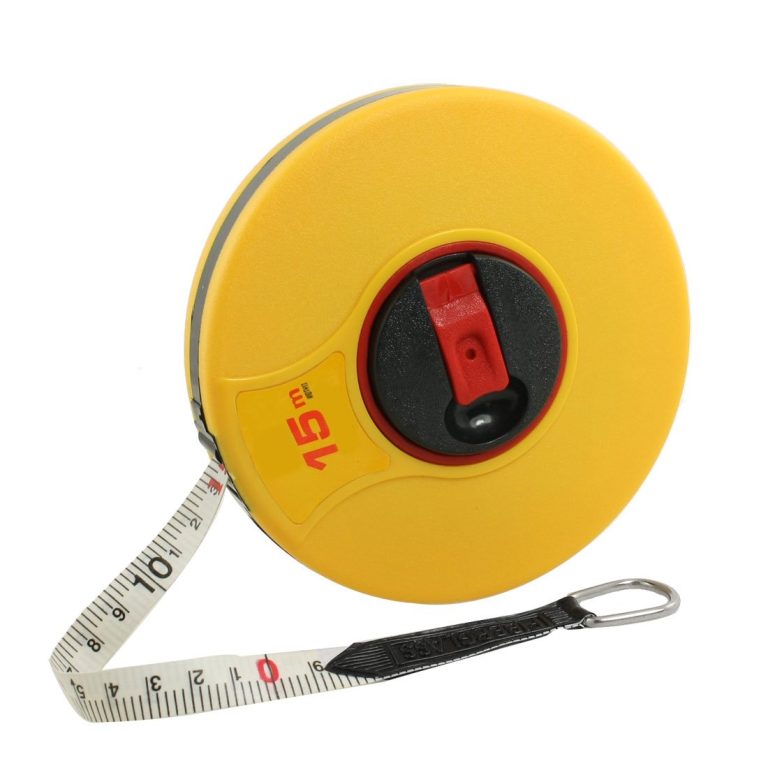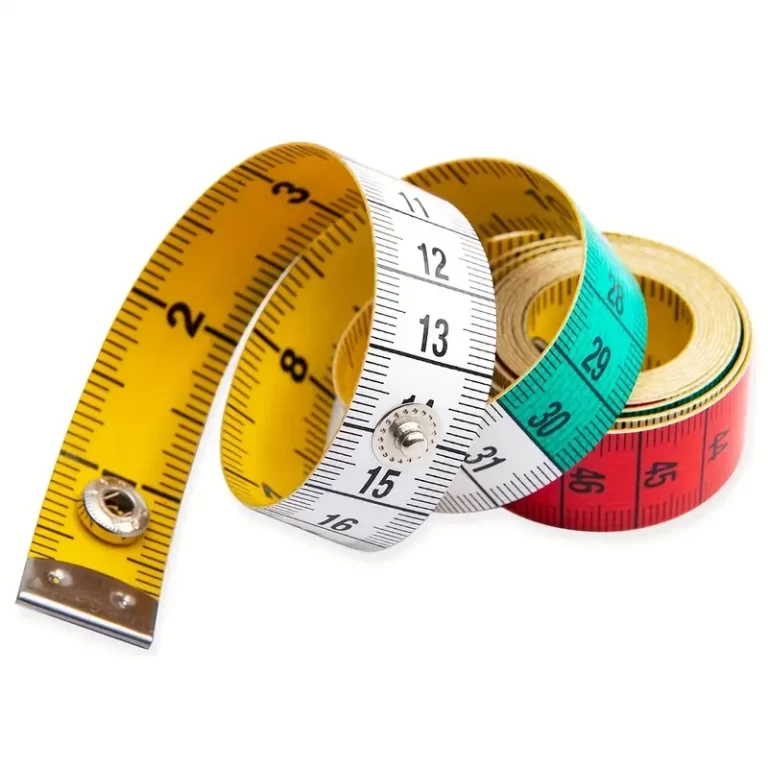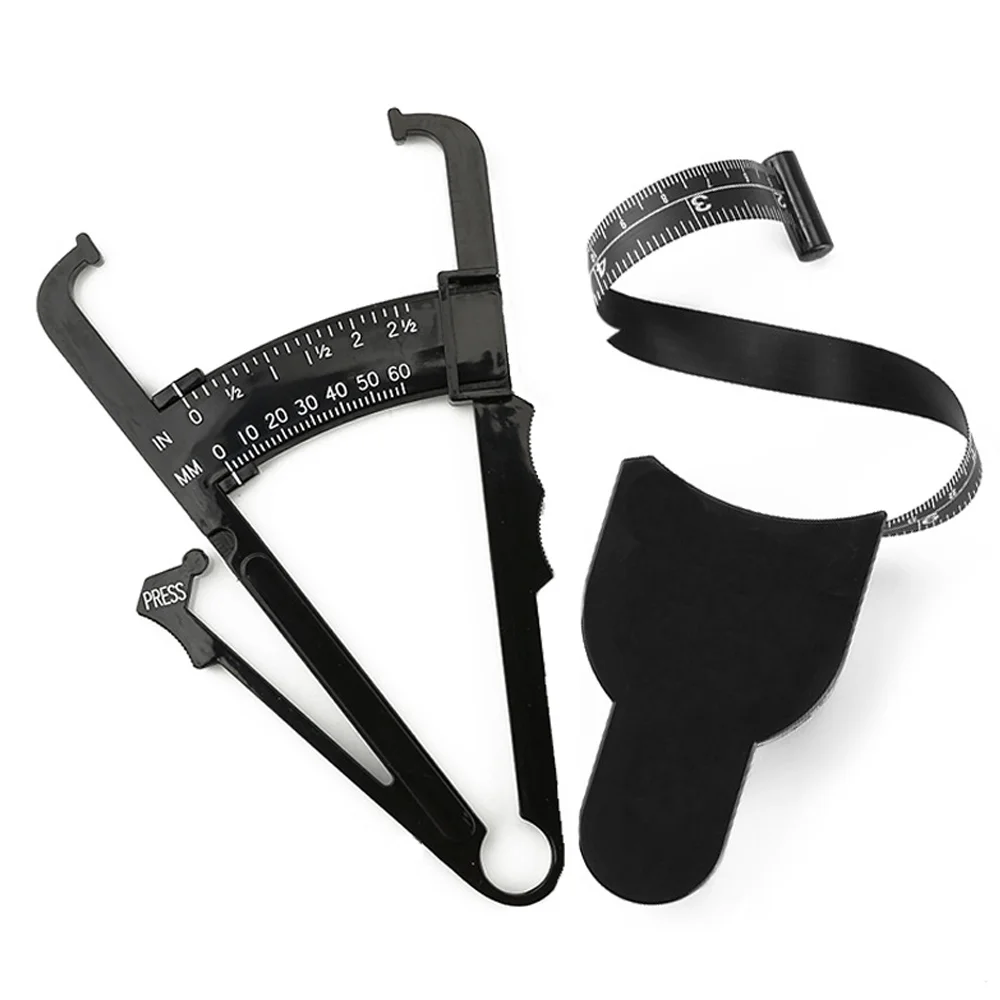
Guide to the Right Tape Measure for Body Measurements
Accurate body measurements are essential for various purposes, including tailoring, fitness tracking, and health monitoring. To achieve precision, many people turn to a specialized tool known as a tape measure for body. Whether you’re a professional tailor, a fitness enthusiast, or someone interested in tracking health metrics, understanding how to use a tape measure for body can significantly enhance your accuracy and efficiency. This comprehensive guide explores the features, benefits, and applications of a tape measure for body, ensuring you make informed decisions and achieve the best results in your measurement endeavors.
 Applications of a Body Tape Measure
Applications of a Body Tape Measure
A tape measure for body serves multiple purposes across different fields. Here, we delve into the primary applications where this tool proves invaluable.
Tailoring and Fashion Design
In the world of fashion and tailoring, precise measurements are crucial for creating garments that fit perfectly. A tape measure for body allows tailors and designers to capture exact dimensions, ensuring that each piece of clothing meets the desired specifications.
Custom Clothing
For custom clothing, every measurement matters. Using a tape measure for body, tailors can measure chest circumference, waist size, arm length, and other vital areas to create garments that align perfectly with the client’s body shape. This specificity enhances comfort and fit, leading to higher customer satisfaction.
Pattern Making
Fashion designers rely on detailed measurements to develop accurate patterns. A tape measure for body helps in translating these measurements into design templates, ensuring that the final product matches the intended design accurately. This precision minimizes the need for alterations and reduces material waste.
Fitness and Health Tracking
Fitness enthusiasts and health professionals use a tape measure for body to monitor progress and assess body composition. Tracking measurements over time provides valuable insights into changes in muscle mass, fat distribution, and overall physical development.
Measuring Fitness Progress
Athletes and fitness enthusiasts often track specific measurements such as waist circumference, bicep size, and thigh measurements to gauge their progress. A tape measure for body enables them to record these metrics consistently, helping to evaluate the effectiveness of their training programs and diet plans.
Health Assessments
In healthcare settings, professionals use a tape measure for body to assess patients’ health by monitoring changes in body size and composition. Regular measurements can help detect signs of weight gain, loss, or medical conditions that affect body dimensions, facilitating timely interventions.
Medical and Health Applications
Beyond fitness, a tape measure for body is useful in various medical applications. Healthcare providers use it to measure body parts for diagnostic purposes, ensuring accurate data collection for effective treatment planning.
Nutritional Assessments
Nutritionists use body measurements to assess clients’ body mass index (BMI) and overall body composition. These measurements help in designing personalized nutrition plans that cater to individual health needs and goals.
Physical Therapy
Physical therapists rely on accurate body measurements to develop effective treatment plans for patients recovering from injuries or surgeries. These measurements help in tracking progress and adjusting therapy techniques as needed.
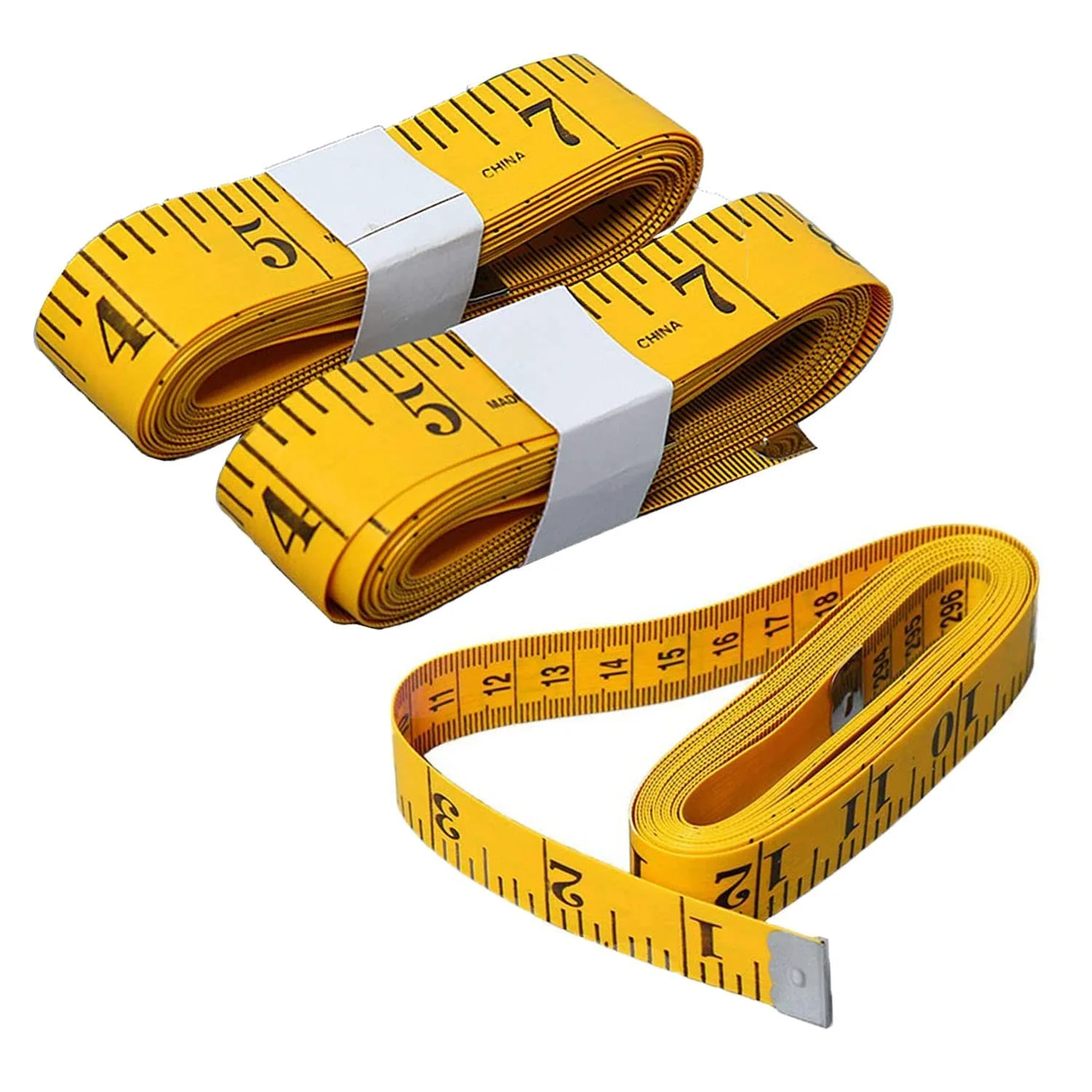 Choosing the Right Body Tape Measure
Choosing the Right Body Tape Measure
Selecting the appropriate tape measure for body involves considering several factors to ensure that it meets your specific needs and provides reliable measurements.
Material and Durability
The material of the tape measure for body plays a critical role in its functionality. Look for tapes made from durable, non-stretchable fabrics such as polyester or nylon blends. These materials ensure longevity and maintain accuracy over time, even with frequent use.
Cloth vs. Plastic
Cloth tape measures offer greater flexibility and durability compared to plastic ones. They can withstand repeated stretching and bending without losing their shape, making them ideal for professional use. Plastic tapes, while less flexible, are often more affordable and suitable for occasional use.
Length and Size
The length of the tape measure should correspond to its intended use. For body measurements, a tape length of 60 centimeters (24 inches) is typically sufficient for most body parts. However, if you plan to measure larger areas, such as the torso or legs, a longer tape measure may be necessary.
Markings and Readability
Clear and prominent markings are essential for accurate measurements. Ensure that the tape measure for body has easy-to-read numbers and markings in both inches and centimeters. Some tapes also feature color-coded sections or high-contrast colors for improved visibility in different lighting conditions.
Additional Feature Markings
Some tape measures include additional markings for specific body parts, such as bra sizes or clothing sizes. These features can streamline the measurement process, especially for those involved in tailoring or fashion design.
Hook Quality and Design
The hook at the end of the tape measure should be sturdy and designed for secure anchoring. A metal hook offers better durability and precision compared to plastic hooks. Additionally, a dual-purpose hook that functions as both the starting point and a secure anchor enhances usability.
Portability and Storage
A tape measure for body should be lightweight and easy to carry, especially if you need to transport it frequently. Consider options with protective cases or slots for easy storage in bags or toolkits, ensuring that the tape remains intact and free from damage.
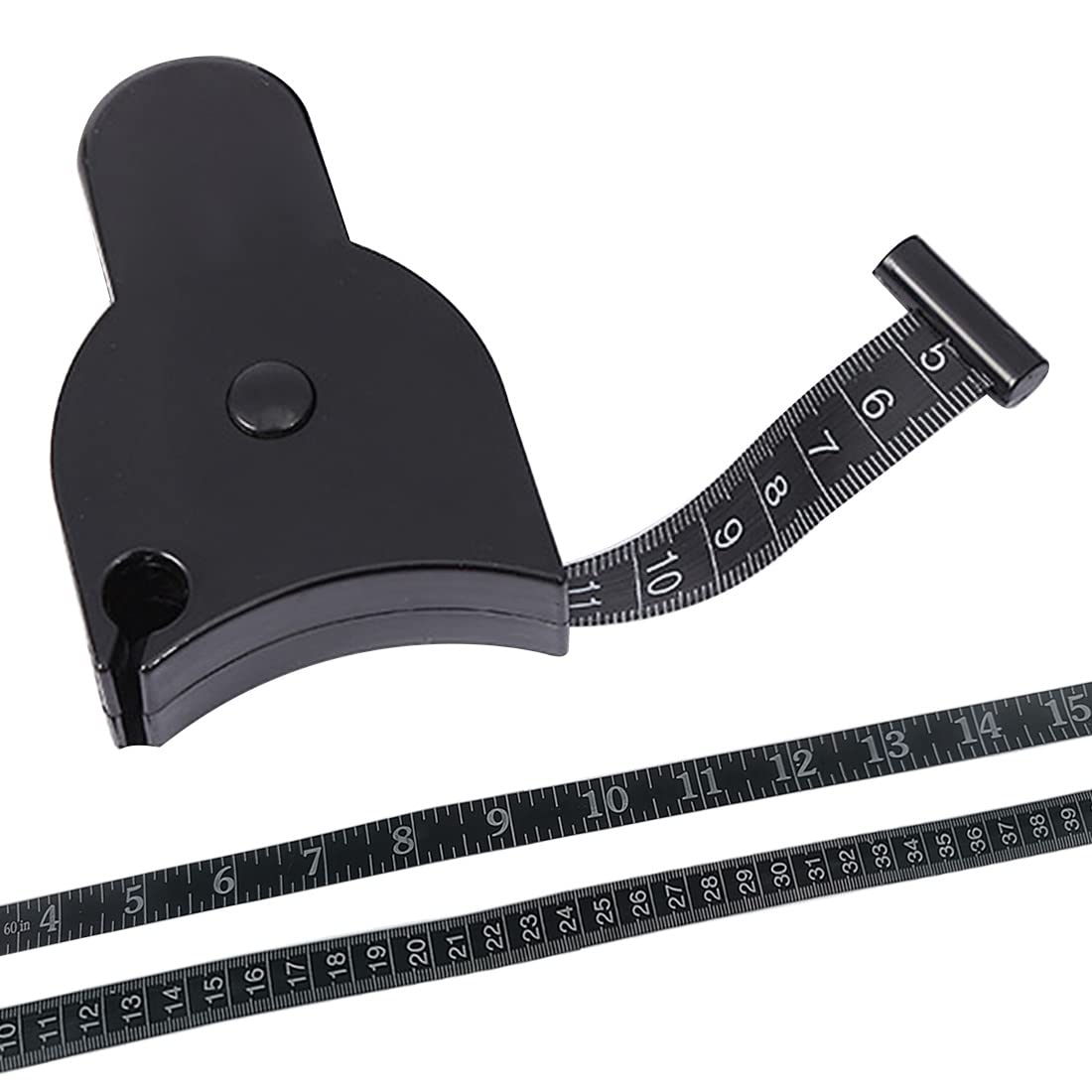 How to Use a Body Tape Measure Effectively
How to Use a Body Tape Measure Effectively
Using a tape measure for body correctly is crucial for obtaining accurate measurements. Here are some tips and techniques to maximize the effectiveness of your tape measure.
Preparing for Measurement
Before taking measurements, ensure that the individual is standing upright with their feet together and arms relaxed at their sides. Wearing minimal or no clothing can help achieve more precise results.
Positioning the Tape
Position the tape measure snugly around the body part being measured. For example, when measuring the waist, place the tape measure around the narrowest part of the torso. Ensure that the tape is level and not twisted to avoid errors.
Taking Common Body Measurements
Here are the steps to take some of the most common body measurements using a tape measure for body:
Chest Measurement
- Wrap the tape measure around the fullest part of the chest.
- Ensure the tape is parallel to the ground and not too tight.
- Take note of the measurement where the tape meets.
Waist Measurement
- Locate the narrowest part of the waist.
- Position the tape measure around the waist, maintaining a horizontal level.
- Record the measurement, ensuring the tape is comfortably snug.
Hip Measurement
- Measure around the widest part of the hips.
- Keep the tape measure parallel to the floor for accuracy.
- Note the measurement at the point where the tape overlaps.
Arm Measurement
- Measure around the fullest part of the upper arm.
- Ensure the arm is relaxed and slightly bent to avoid tension.
- Record the measurement where the tape meets.
Recording and Tracking Measurements
Accurate recording of measurements is essential for tracking changes over time. Use a notebook or digital tool to log each measurement, noting the date and any relevant observations. This practice helps in monitoring progress, whether for fitness goals, tailoring needs, or health assessments.
Consistency is Key
Consistency in how you take measurements ensures that the data remains reliable. Always measure the same part of the body in the same position and under similar conditions to minimize discrepancies.
Troubleshooting Common Measurement Issues
Even with a tape measure for body, challenges can arise during measurement. Here are some common issues and how to address them:
Twisted Tape
Ensure the tape measure lies flat against the body without any twists. Twisted tape can lead to inaccurate measurements. If you notice a twist, adjust the tape to lay smoothly before taking the measurement.
Sloppy Technique
Maintain a steady and consistent technique when measuring. Avoid pulling the tape too tight or letting it sag, as both can distort the measurement. Aim for a comfortable snugness that follows the body’s contours without compressing them.
Misaligned Markings
Double-check that the measurement markings are aligned correctly at the point where the tape overlaps. Misalignment can result in incorrect readings, so take the time to verify precision before recording the measurement.
Maintaining Your Body Tape Measure
Proper maintenance of your tape measure for body ensures its longevity and accuracy. Follow these guidelines to keep your tape measure in optimal condition:
Cleaning the Tape Measure
After each use, wipe the tape measure with a clean, dry cloth to remove sweat, oils, and dirt. This practice prevents buildup that can obscure markings and cause wear over time.
Avoid Harsh Chemicals
Do not use harsh chemicals or abrasive materials to clean the tape measure, as they can damage the markings and the tape’s integrity. Stick to gentle cleaning methods to preserve the quality of the tape.
Storing the Tape Measure
Store the tape measure in a cool, dry place to prevent exposure to moisture, which can cause rust or mold growth on metal hooks and degrade the tape material.
Protective Cases
Use protective cases or pouches to safeguard the tape measure from physical damage, such as bends or tears. These cases also make it easier to transport the tape measure without risking its condition.
Regular Inspection
Periodically inspect the tape measure for signs of wear and tear, such as frayed edges, faded markings, or bent hooks. Address any issues promptly by repairing or replacing the tape measure to maintain accuracy.
Replace When Necessary
If the tape measure shows significant signs of damage or the markings become illegible, it’s time to invest in a new tape measure for body. Accurate measurements depend on the tape being in good condition.
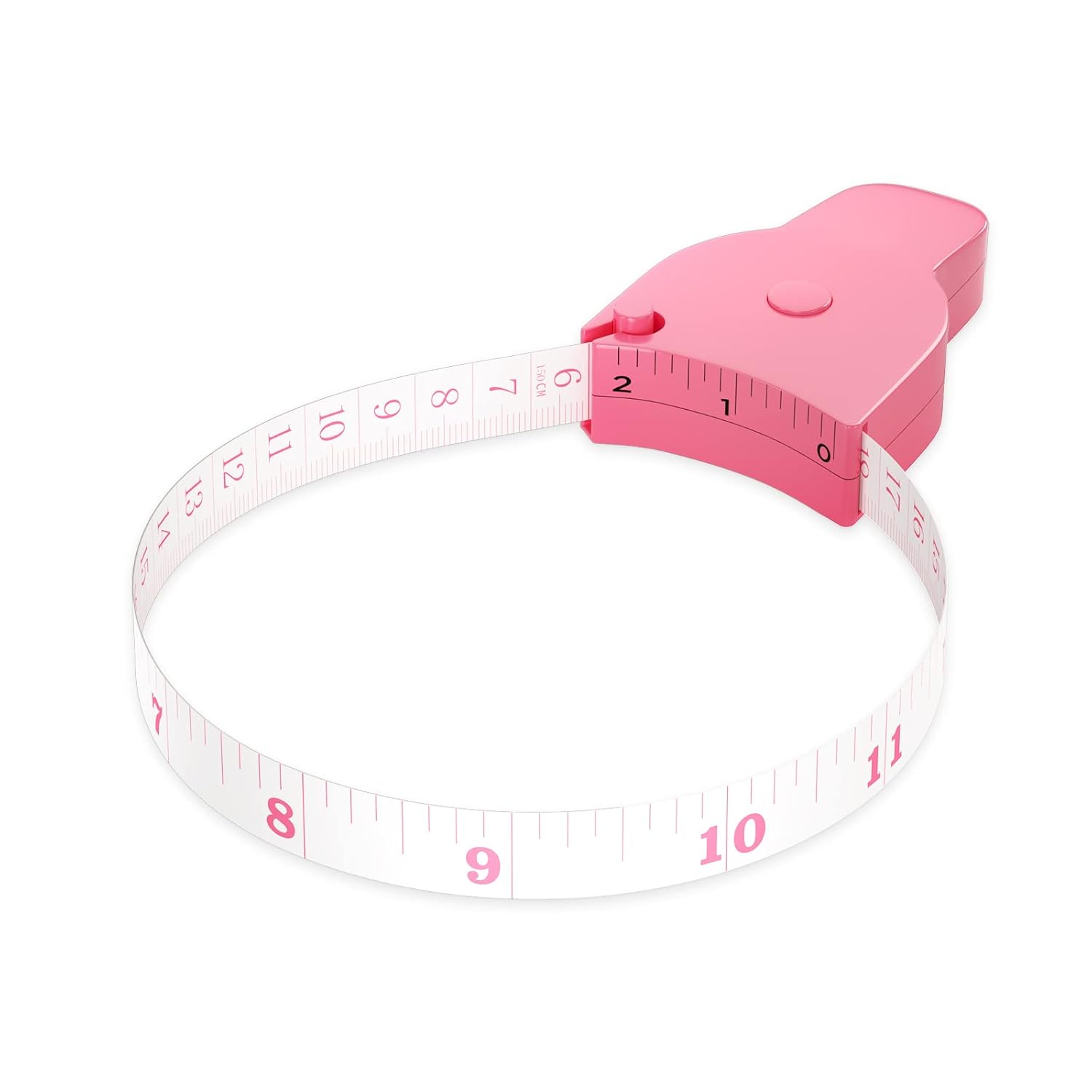 Enhancing Your Measurement Accuracy
Enhancing Your Measurement Accuracy
Going beyond the basics, here are some advanced tips to improve the accuracy of your body measurements using a tape measure for body.
Measuring Twice for Precision
To ensure accuracy, take each measurement twice and compare the results. This practice helps identify any inconsistencies and provides a reliable average for your records.
Consistent Techniques
Use the same technique for each measurement to maintain consistency. Variations in how you hold the tape or position your body can lead to discrepancies between measurements.
Using a Mirror
When measuring hard-to-see areas, such as the back or the back of the neck, use a mirror to help position the tape measure correctly. This approach ensures that the tape is aligned properly, allowing for accurate readings.
Assistance from a Partner
Having someone assist you in taking measurements can enhance accuracy, especially for areas that are difficult to reach or see. A partner can help position the tape measure correctly and hold it steady during measurement.
Leveraging Technology
Integrate digital tools and apps with your tape measure for body to streamline the measurement process. Some digital tape measures offer features like automatic recording and data synchronization with fitness apps, making it easier to track and analyze your measurements.
Digital Recording
Use digital devices to record measurements instantly, reducing the chances of errors associated with manual logging. This method ensures that your data is accurately captured and easily accessible for future reference.
Advanced Applications of a Body Tape Measure
Beyond the conventional uses, a tape measure for body can be applied in various innovative ways to meet diverse needs.
Ergonomics and Workspace Design
In ergonomic design, accurate body measurements are essential for creating comfortable and efficient workspaces. A tape measure for body helps assess an individual’s body dimensions to design furniture and workstations that promote good posture and reduce the risk of strain or injury.
Custom Furniture Design
Furniture designers use body measurements to create ergonomic chairs, desks, and other furniture that fit the user’s body shape and size. This customization enhances comfort and productivity in work environments.
Fashion Photography and Modeling
In the fashion industry, models’ measurements are critical for guiding clothing designs and ensuring that garments fit well on different body types. A tape measure for body provides precise measurements that photographers and designers use to select and style outfits appropriately.
Consistent Sizing for Multiple Models
When working with multiple models, maintaining consistent measurement standards is crucial. A tape measure for body ensures that each model’s dimensions are accurately recorded, facilitating uniformity in clothing sizes and fit across different body types.
Dance and Performing Arts
Dancers and performers require precise body measurements for costumes that allow for freedom of movement while fitting perfectly. A tape measure for body assists in designing costumes that accommodate the dynamic movements inherent in performing arts.
Custom Costume Fitting
Costume designers use body measurements to create custom-fitted costumes that enhance the performer’s appearance and performance. Accurate measurements ensure that costumes are both aesthetically pleasing and functional.
Integrating a Body Tape Measure into Daily Routines
Incorporating a tape measure for body into your daily routine can offer numerous benefits, from achieving better health outcomes to enhancing your personal style. Here’s how you can seamlessly integrate this tool into various aspects of your life.
Personal Fitness Goals
For those aiming to achieve specific fitness goals, regular body measurements provide tangible evidence of progress. Use a tape measure for body to track changes in muscle size, fat loss, and overall body composition, helping to stay motivated and adjust fitness plans as needed.
Setting Milestones
Set measurable milestones based on your body measurements. For instance, aim to reduce waist circumference by a certain amount or increase bicep size over a specific period. These milestones serve as benchmarks for success and help maintain focus on your fitness journey.
Enhancing Personal Style
Whether you’re curating a wardrobe or seeking a better fit for your clothes, accurate body measurements play a pivotal role. A tape measure for body ensures that you purchase clothing that fits well, eliminating the frustration of ill-fitting garments.
Online Shopping Confidence
When shopping for clothes online, use your body measurements to choose the right sizes. This practice reduces the likelihood of returns and exchanges, saving time and money while ensuring your wardrobe aligns with your personal style and fit preferences.
Health Monitoring
Regular body measurements can provide insights into your overall health and well-being. Use a tape measure for body to monitor changes that may indicate improvements or concerns, enabling proactive health management.
Identifying Health Trends
Track body measurements alongside other health indicators like weight and BMI to identify trends that may require attention. For example, a significant increase in waist circumference might suggest the need to adjust dietary or exercise habits.
 Conclusion
Conclusion
A tape measure for body is an essential tool for anyone seeking accurate and reliable body measurements. Whether you’re involved in tailoring, fitness tracking, healthcare, or personal styling, understanding how to use a tape measure for body can significantly enhance your precision and effectiveness. By selecting the right tape measure, employing proper measurement techniques, and integrating it into your daily routine, you can achieve and maintain your goals with confidence. Investing in a high-quality tape measure for body not only supports your immediate needs but also contributes to long-term success in various aspects of your personal and professional life. Embrace the power of accurate measurements and experience the difference a tape measure for body can make in your endeavors.
